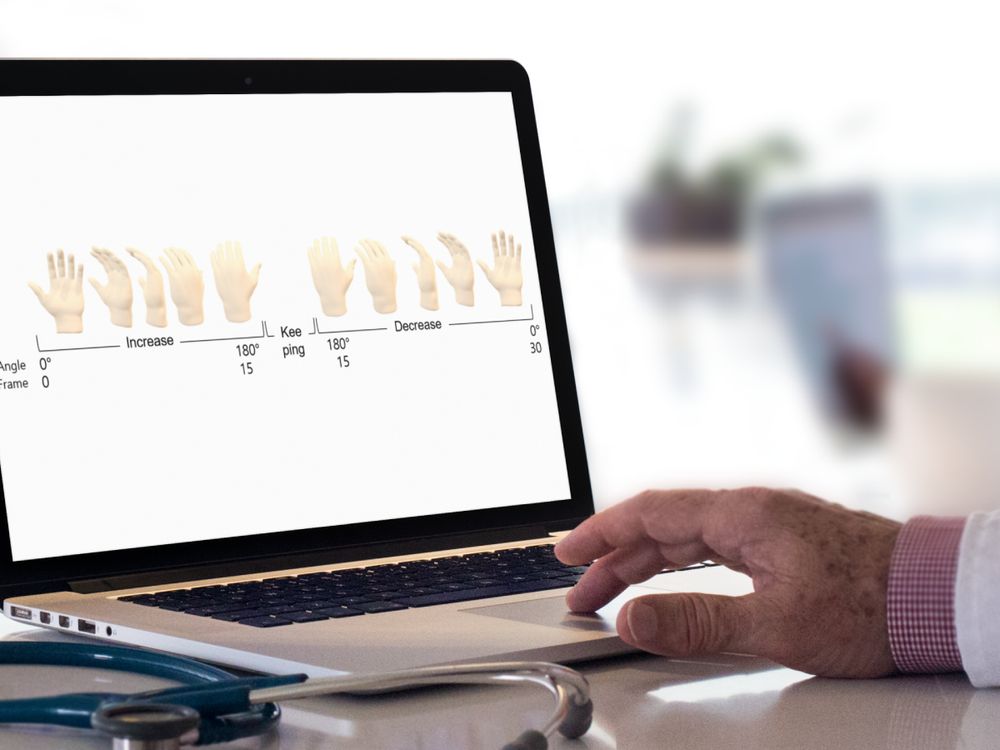Dr Alice Saperstein and colleagues have developed a 5-minute screen that opens the door to person-centred cognitive support in the clinic
tinyurl.com/3p5ft728
#cognitiveassessment #schizophrenia

Dr Alice Saperstein and colleagues have developed a 5-minute screen that opens the door to person-centred cognitive support in the clinic
tinyurl.com/3p5ft728
#cognitiveassessment #schizophrenia
#schizophrenia #cognitiveassessment #mentalhealth

#schizophrenia #cognitiveassessment #mentalhealth

www.nofasd.org.au/blog/39-adva...
#FASD #FASDresearch #FASDawareness #brainimagingtechniques #cholinesupplementation #cognitiveassessment #sleepdisturbances

www.nofasd.org.au/blog/39-adva...
#FASD #FASDresearch #FASDawareness #brainimagingtechniques #cholinesupplementation #cognitiveassessment #sleepdisturbances








📢Published in #EuropeanGeriatricMedicine, this @hrbireland.bsky.social-funded scoping review examined #delirium and #cognitiveassessment data items currently collected by national #hipfracture registries (HFRs).

📢Published in #EuropeanGeriatricMedicine, this @hrbireland.bsky.social-funded scoping review examined #delirium and #cognitiveassessment data items currently collected by national #hipfracture registries (HFRs).



📚 Join Dr Jane Yeomans' engaging seminar at our Virtual Conference to explore how cognitive profiles link to meaningful interventions
Book Now! bit.ly/4fyhMos
#Patoss2025 #VirtualConference #CognitiveAssessment

📚 Join Dr Jane Yeomans' engaging seminar at our Virtual Conference to explore how cognitive profiles link to meaningful interventions
Book Now! bit.ly/4fyhMos
#Patoss2025 #VirtualConference #CognitiveAssessment
📅 Don’t miss out!
📍 Saturday, 5th April 2025, 9.30am-5.00pm
📩 Register now: bit.ly/4fyhMos
#Patoss2025 #VirtualConference #CognitiveAssessment #EducationMatters #SpLD

📅 Don’t miss out!
📍 Saturday, 5th April 2025, 9.30am-5.00pm
📩 Register now: bit.ly/4fyhMos
#Patoss2025 #VirtualConference #CognitiveAssessment #EducationMatters #SpLD
mocacognition.com/paper/
mocacognition.com/paper/
www.sharvanthikaehealth.com/blog/enhance...
www.bestbuysaas.com
www.svcfacilitators.com
www.sharvanthikaehealth.com
#BrainTraining #CognitiveHealth #MemoryBoost #AttentionFocus #MentalWellbeing #CognitiveAssessment #UnlockYourPotential

www.sharvanthikaehealth.com/blog/enhance...
www.bestbuysaas.com
www.svcfacilitators.com
www.sharvanthikaehealth.com
#BrainTraining #CognitiveHealth #MemoryBoost #AttentionFocus #MentalWellbeing #CognitiveAssessment #UnlockYourPotential



